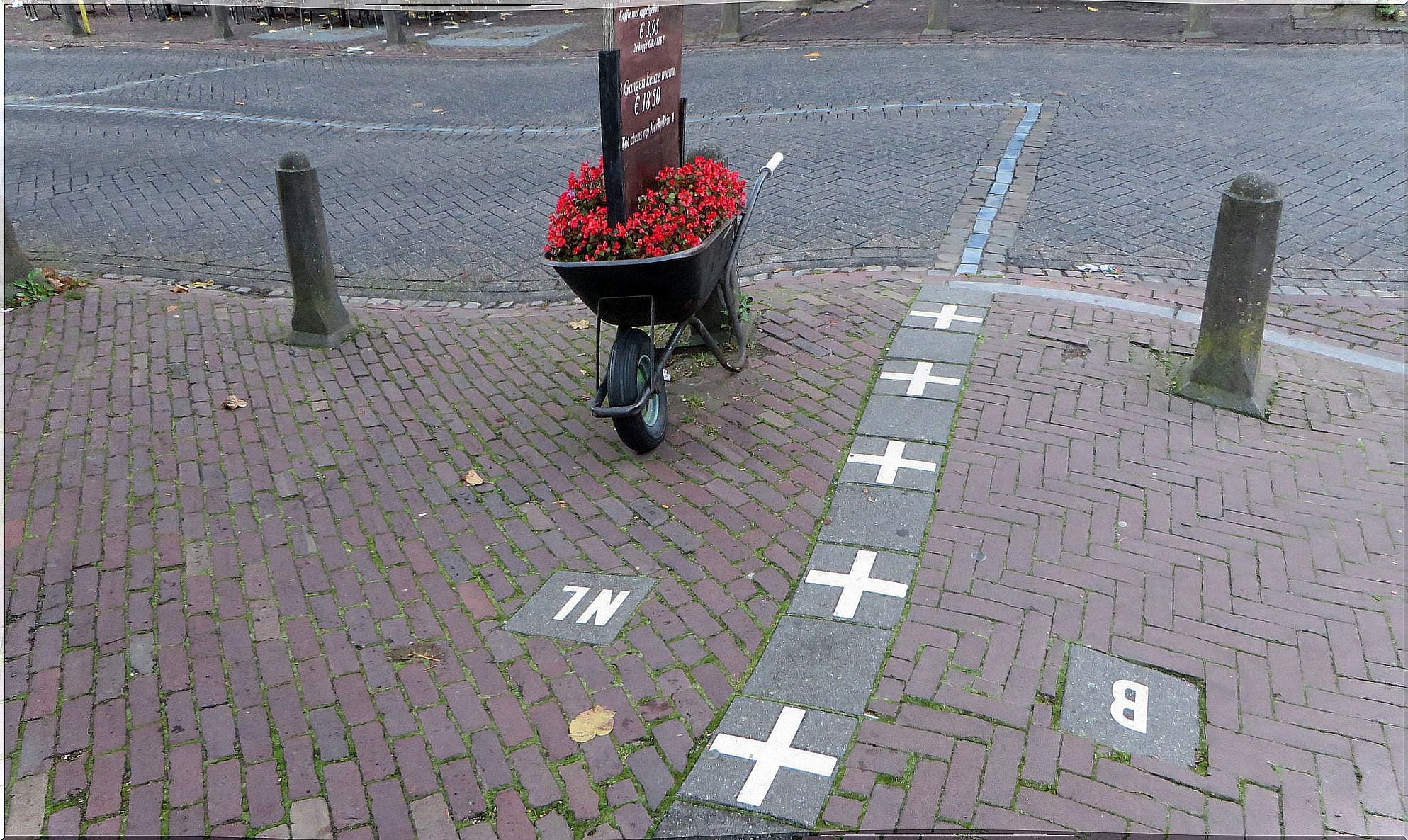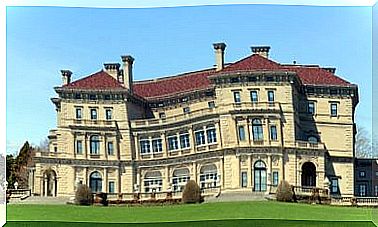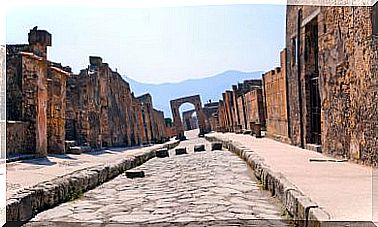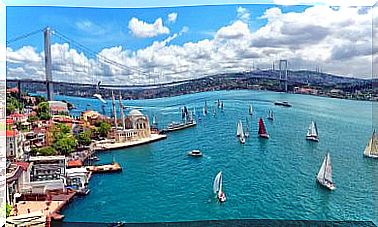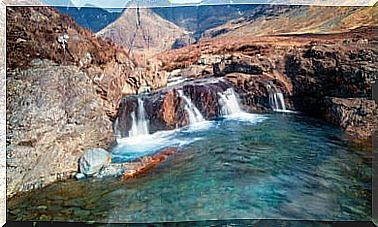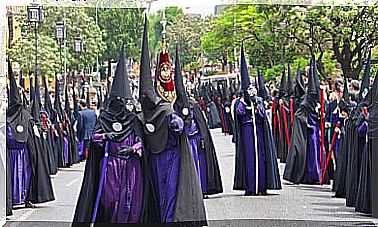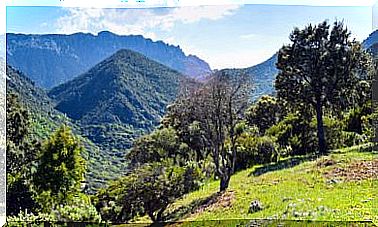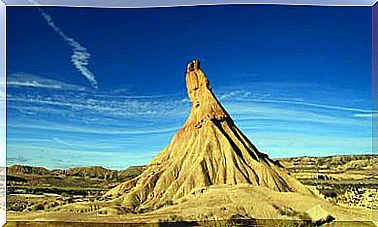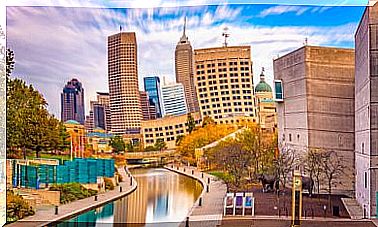Diomede Islands, A Border Between Two Worlds
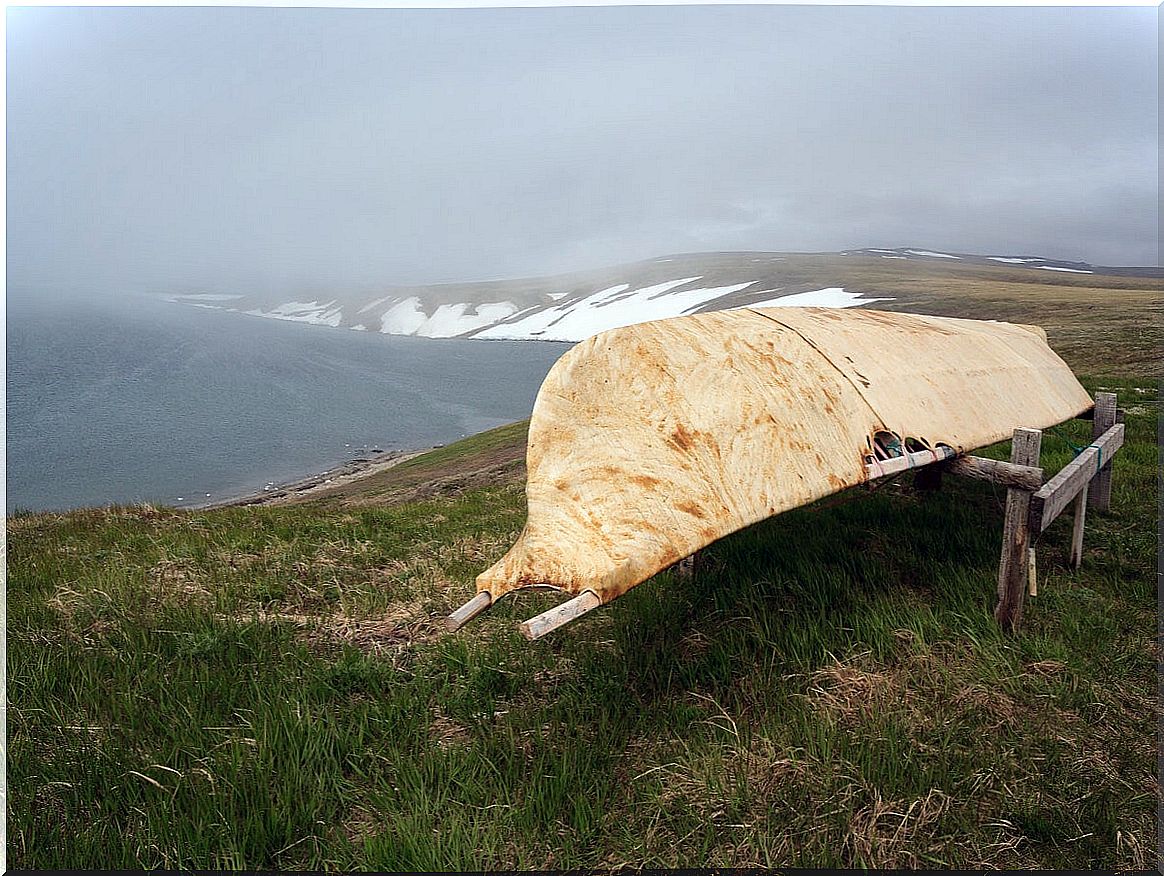
The Dimede Islands are two, the largest is Russian, while the smallest is American. Although they are separated by only a distance of 3.7 kilometers, between one and the other there is a time difference of 21 hours.
That is why it is popularly said that the world begins and ends in the Diomedes Islands, or that the New Year can be celebrated twice in the same year. Together they were part of the Inuit territory, but the Cold War would end this unit.
Basic facts about the Diomedes Islands
The Diomedes Islands are located between the Chukchi Sea and the Bering Sea, a place where the Asian and American continents almost touch or, as has happened in the past, have been connected through different glaciations by the Strait Bering.
Currently, and temporarily, the two islands communicate with each other as a result of the freezing of the sea that surrounds them during the winter. Therefore, it is possible to walk from one to the other, since they are only separated by a length of 3.7 kilometers.
In fact, this was a trade route between the different regions of the area until 1945, when the Cold War began. As a result, a cultural rift was created in the Inuit people that remains to this day.
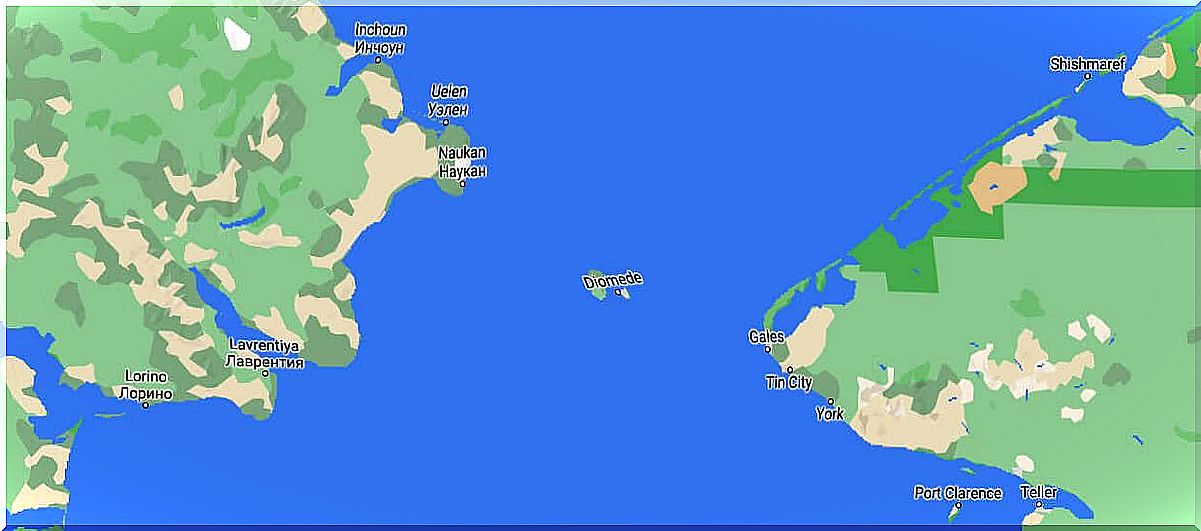
Inuit culture
The Inuit culture is made up of diverse peoples who have inhabited the Arctic for thousands of years. Their ancestors come from Siberia, in North Asia, and carried out migrations and settlements in the boreal areas of America, Alaska and Greenland.
The Inuit learned to survive in the harsh conditions imposed by the ice. These inhabitants are nomads who follow the migrations of the animals on which they depend; they generally hunt caribou, seals, fish and whales for their subsistence.
There are an estimated 100,000 Inuit around the world. Although its culture is very rich, it rivals the current strong processes of globalization. It is said that the Inuit can distinguish more than 30 shades of white in the snow and the meaning of each one, to the point of being able to predict the weather, among other aspects.
The Cold War
When the “winners” of World War II divided the territories of those who lost, the world was divided in two. The rivalry between the main protagonists, the United States and the Soviet Union, gave rise to what would become known as the Cold War.
This would last from 1945 to 1991 and would generate all kinds of situations, such as an arms race and the possibility of a nuclear war with disastrous results for humanity. Fortunately, it never came to fruition, but it did keep the world in suspense.
The point was to impose an ideological model and a market system on the entire world. To do this, the two countries resorted to all kinds of strategies that, of course, included arbitrariness, alliances, invasions, espionage, wars and dirty propaganda. This situation culminated in the fall of the Soviet Union in 1991, but the consequences for the Diomedes Islands are still being suffered.
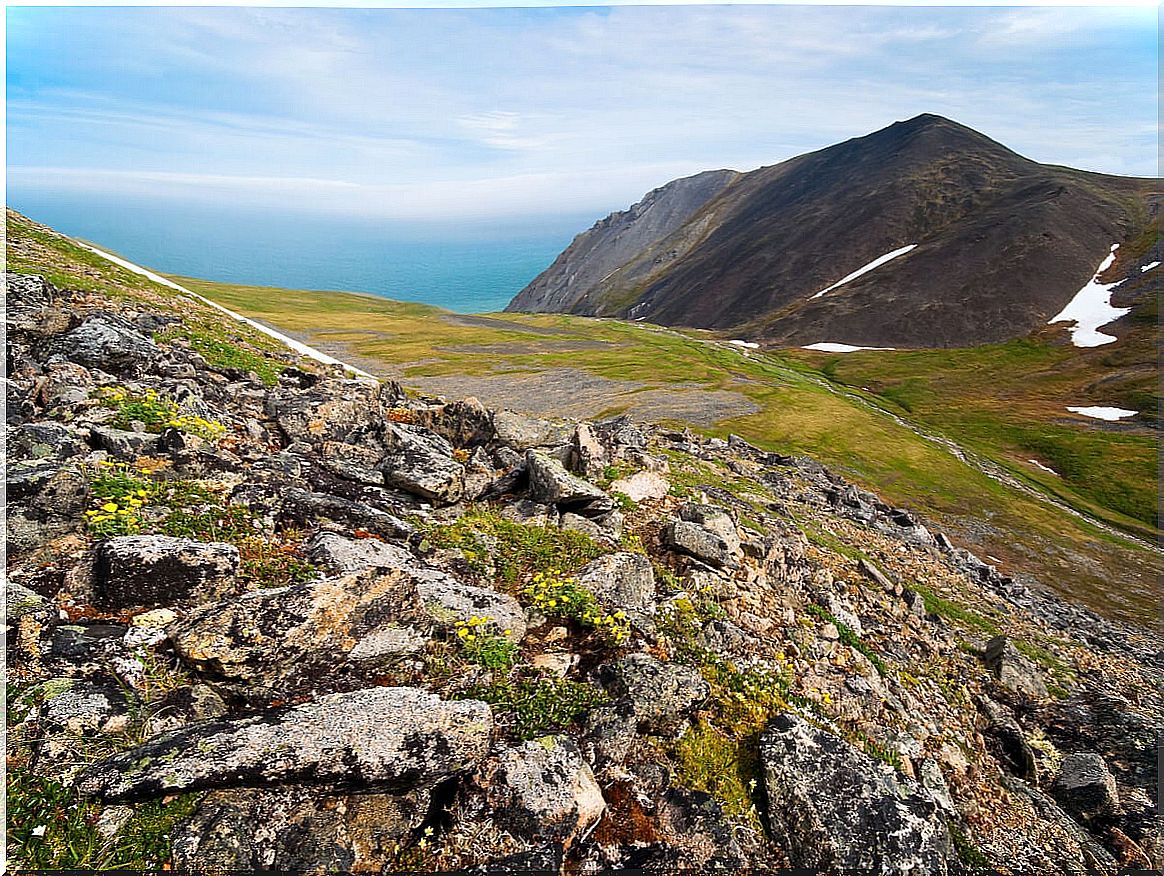
The game of power in the Diomedes Islands
The effect of the Cold War on the Inuit people was the family and cultural breakdown in 1945, as happened with Germany at that time. Half for the Russians and half for the Americans, or one island for the Muscovites and the other for the Americans.
The Soviet Union made the decision to transfer the entire population of the island that belonged to it and relocate it. Instead, it created a military base that would guard its borders and protect them from any attempt to advance by the United States.
For its part, the United States did something similar, with the difference that it kept the population on its island. At present, only a little more than a hundred Inuit inhabitants are present in this territory. The Russian island is uninhabited and the military station, abandoned.
A culture on the way to extinction
Sadly, this separation from their families and cultures still persists, and while there have been some happy reunions, most will likely die without achieving this goal.
As an added effect, the Inuit on the North American side have gradually adapted to the American way of life and therefore speak English. Something similar happens on the Russian side, with which the few reunions have been tinged with frustration due to the impossibility of communicating fluently.
This is still worrisome, since at present, and as a result of transculturation, there are only eight Inuit who speak the native language. Among them, only two can write it and all are elderly.
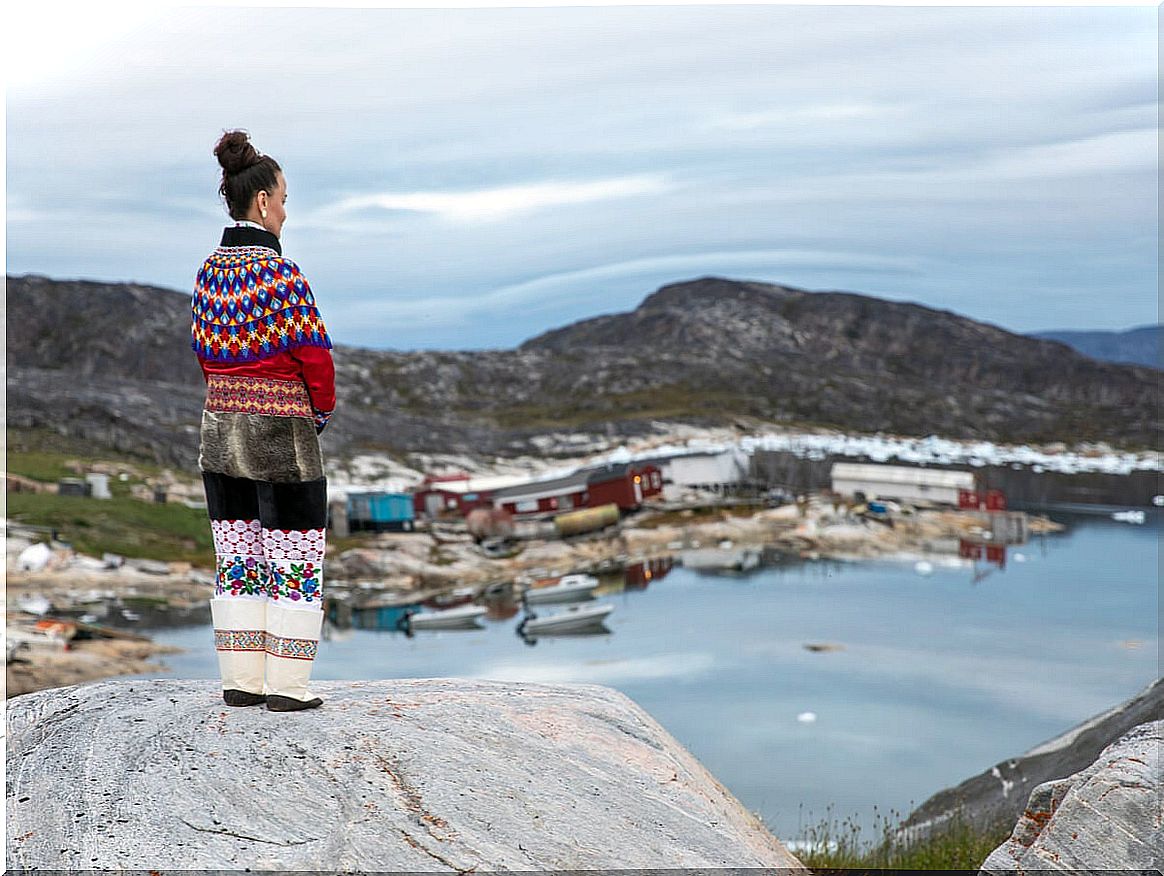
Travel back in time
In 1884, a group of geographers met to establish the time zone that would prevail throughout the world. It was there that it was decided that the Greenwich meridian in England would be considered the 0 ° meridian.
It was also established that the 180 ° meridian would be the international date change line. This means that the planet was divided into 15 ° sectors with imaginary vertical lines, for a total of 24 slices, each representing one hour.
As a result of the rotational movement of the Earth and to set the time of each country, a procedure must be followed. This consists of adding one hour to the west and subtracting one to the east for each meridian traveled.
This situation leads to a time difference of 21 hours in the geographical point where the Diomedes Islands are located. In other words, a person who is on the Russian island could spend the New Year there and after traveling 3.7 kilometers to the North American island and the next day to celebrate the New Year here again. Such are the curiosities of history and geography!
